Our Blog
Blog All Items Title
All Recent Articles
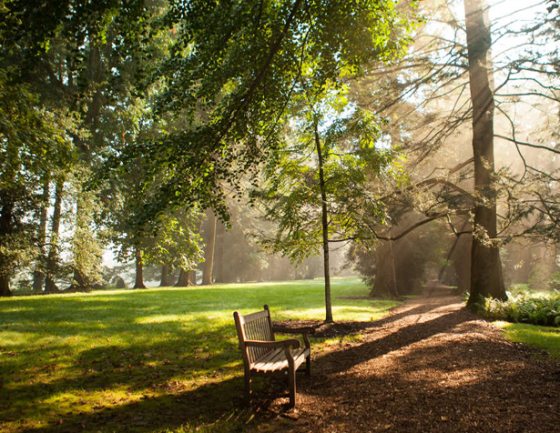
Climate Change and Our Trees
Trees are an exceptionally important part of Longwood Gardens’ heritage and our future … they are nothing less than the backbone of our Gardens. When considering our tree management efforts in the context of climate change modeling, we not only consider the future, but also the present.
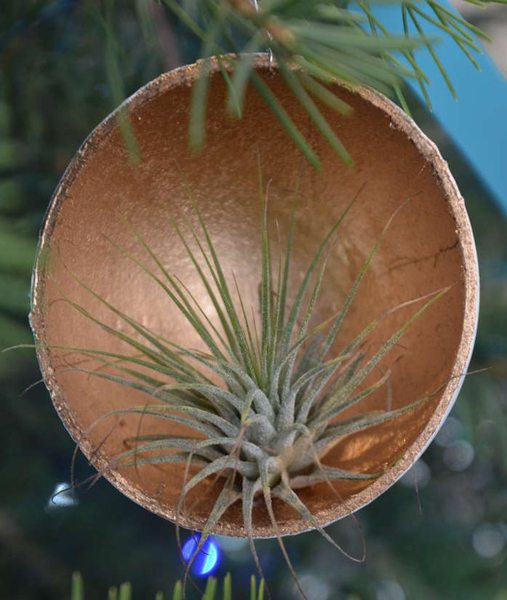
Tremendous Tillandsia: How to Care for These Gems
From textural Tillandsia xerographica perched above the waterfall in our Cascade Garden, to tiny Tillandsia tectorum and Tillandsia ionatha tucked into wire and cup ornaments in our Silver Garden, Tillandsia are definitely having a Christmas moment.
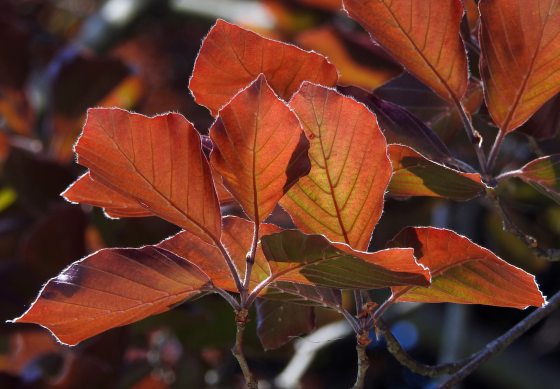
Farewell to a Beloved Beech
Measuring about 90 feet in height, this particular copper beech is among those ordered in either 1928 or 1933 by Longwood founder Pierre S. du Pont, as well as one of Longwood’s champion trees.
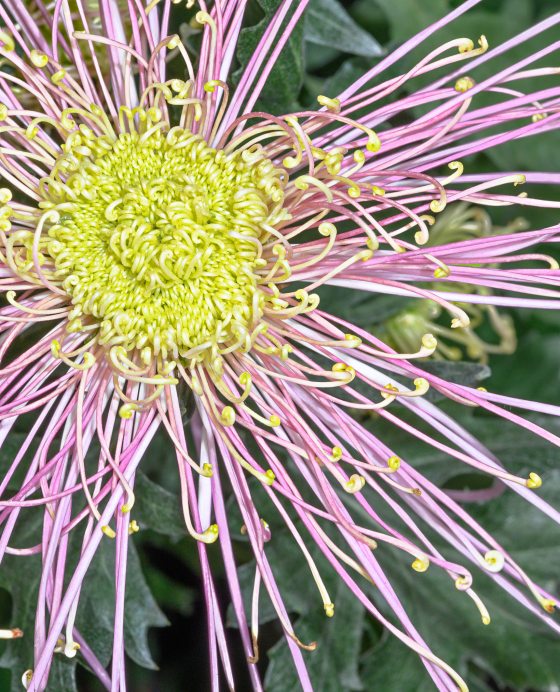
Chrysanthemums: A Class of Their Own
Cherished for their exquisite beauty, rich hues, and delightfully distinct variations, chrysanthemums are in a class—or rather 13 classes—all their own.
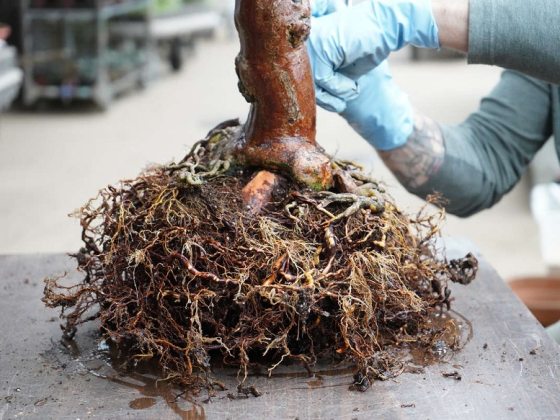
Character Development of a Bonsai
It’s been five months since we shared with you the initial steps in training one of our azalea standards into a bonsai … and the many challenges about the process. Despite its challenges, the azalea has made tremendous progress and I’m so excited to share that progress with you.

The Beauty and Bounty of Grasses
Right now, beautiful examples of corn, rice, and sorghum in our Vegetable Garden (nestled in our Idea Garden) and even our Waterlily Display demonstrate the breadth and bounty of the amazing grass family.
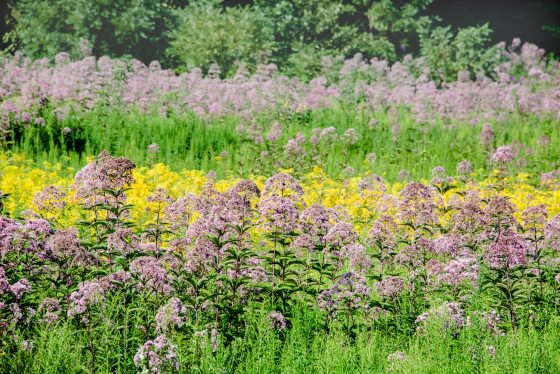
A Sea of Asters
While many cultivated plants in the Asteraceae are found throughout Longwood’s display gardens—from daisy-like gerbera and dahlias, summer favorites marigolds and zinnias, and fall’s spectacular asters and chrysanthemums—it’s in the Meadow Garden where you can truly appreciate the breadth of this plant family in a natural setting.
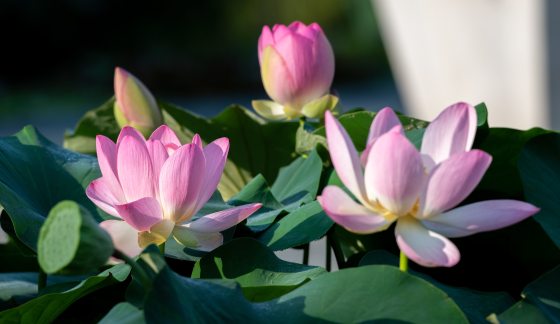
The Luminous Lotus
While many flowers are worthy of captivating our attention, few have inspired hearts and minds throughout the ages quite like the lotus … a beautiful, interesting plant that is not only extremely useful but also incredibly symbolic.

International Waterlily Competition Winners Now Blooming
Waterlilies are so special to Longwood that they were designated a core plant collection in our first and subsequent plant collections policies … plants comprising core collections are the highest priority at Longwood and central to our mission.
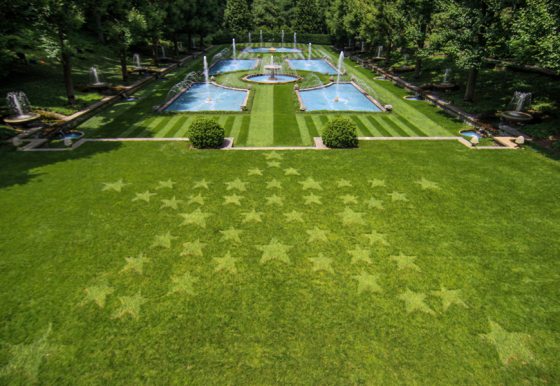
Bent into Shape
Here at Longwood, we like to honor the Fourth of July with a flourish that bends the norm … a patriotic design in the turf of our Italian Water Garden, achieved by bending the grass just-so to achieve a desired aesthetic.

Seeing Beauty to Save Our Global Garden
I had the absolute honor of sharing my thoughts on beauty and its role in protecting nature—our global garden—as a TEDxWilmington speaker.
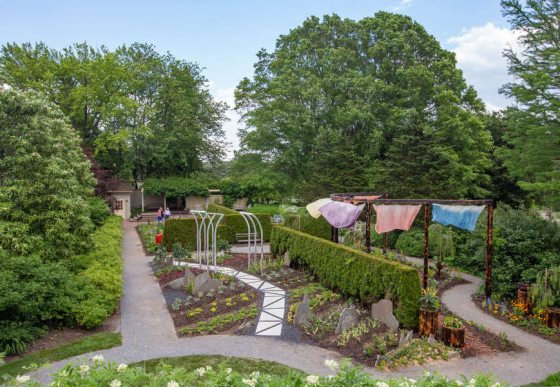
Seeds of Inspiration
For the second-year Professional Horticulture students who have designed this year’s Student Exhibition Garden, inspiration comes in the form of seeds—their resiliency, their resulting dyes and textiles, their importance in food crops, and the symbolism of seeding and growing an interest in biological science.
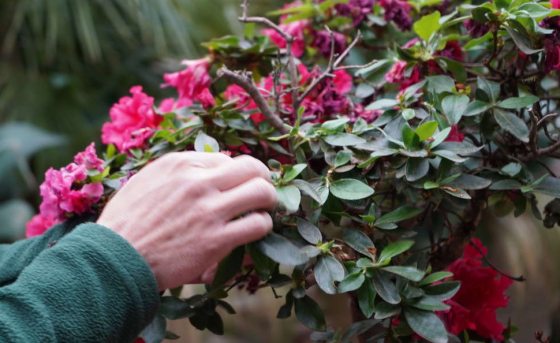
Birth of a Bonsai
The art of bonsai is rooted in patience and harmony … a practice that entails contemplation and lots of decision-making along the way. Those decisions must be made from both a horticultural standpoint and an aesthetic standpoint in order to achieve the true goal of bonsai: nurturing and training a tree in a container to appear as it would in nature.
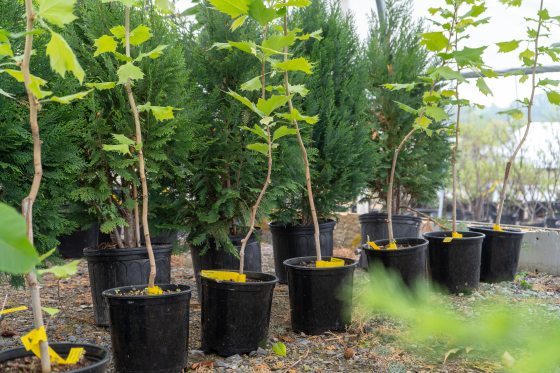
A Tree with a Story to Tell
When it’s time to plant a tree at Longwood, I look to plant one with a story. … Our new sycamore originates from the incredibly massive tree just a few miles down the road at Brandywine Battlefield State Park in Chadds Ford.

Waking the Giant
Preparing the Main Fountain Garden for its annual awakening is a multi-faceted process of plumbing and electrical ingenuity that begins months before the fountains start to dance.
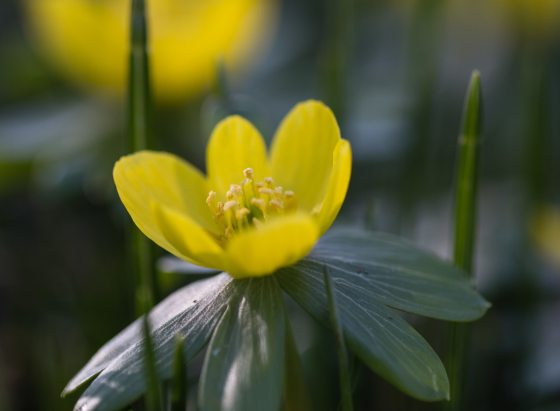
Botanical Curiosities of Spring Flowers
The beauty and abundance of flowers—both in gardens and in nature—is the hallmark of the spring season. Although their beauty is obvious and appreciated by all, these highly anticipated floral displays are the result of complex, interacting factors.
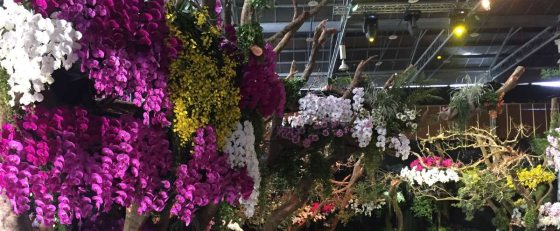
An Orchid Adventure of a Lifetime
Ni hao! Earlier this month, we boarded three flights, flew for 24 hours, and arrived in Taipei, Taiwan on a two-week orchid adventure to attend the Taiwan International Orchid Show, explore new orchid breeding and cultural techniques, and see firsthand new and innovative orchid display trends in an area known most notably for its spectacular Phalaenopsis, among other beautiful orchids.
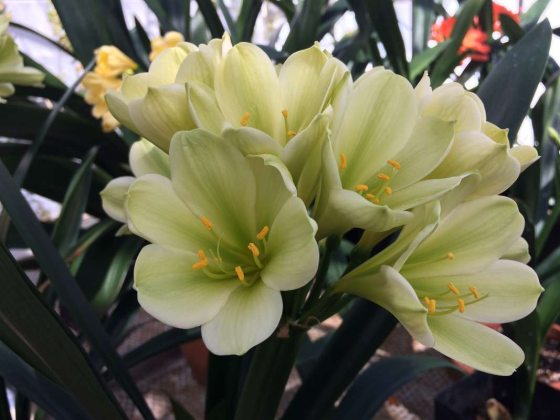
Our Green Clivia Needs a Name!
Marking a huge accomplishment in our plant breeding program, we are thrilled to announce the release of our first green-flowered clivia—a remarkable feat decades in the making! As our sixth Clivia miniata released from our breeding program, our newest clivia is certainly a sight to behold but, alas, currently without a name … and we need your help!
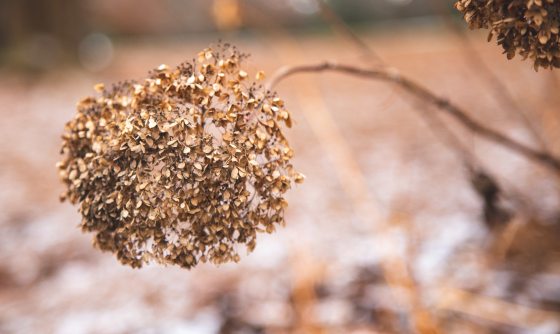
Wondrous Winter at Longwood
As Longwood’s director of Outdoor Landscapes, I am always excited about winter. It’s one of my favorite seasons and when the interaction between a garden and its surrounding landscape is at its strongest. The bare silhouettes of the deciduous trees, shrubs, perennials, and grasses create a natural link to the wintery landscape beyond, creating a beauty unlike any other time of year. Low winter light really helps to elevate fine plant details, naturally highlighting the winter bones of Longwood.
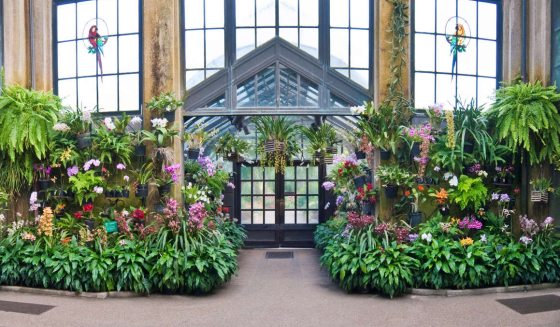
Navigating Our Orchid House
Every day our guests marvel at the Orchid House in the Conservatory, but very few witness all the work that goes into creating this spectacular display. Let’s take a quick peek behind the scenes to see what goes into curating such a beloved exhibit, explore how we select plants for display, and examine how we best showcase their beauty—and lengthen their lifespan—by placing them in certain areas of the Orchid House.